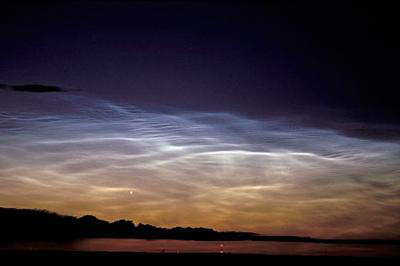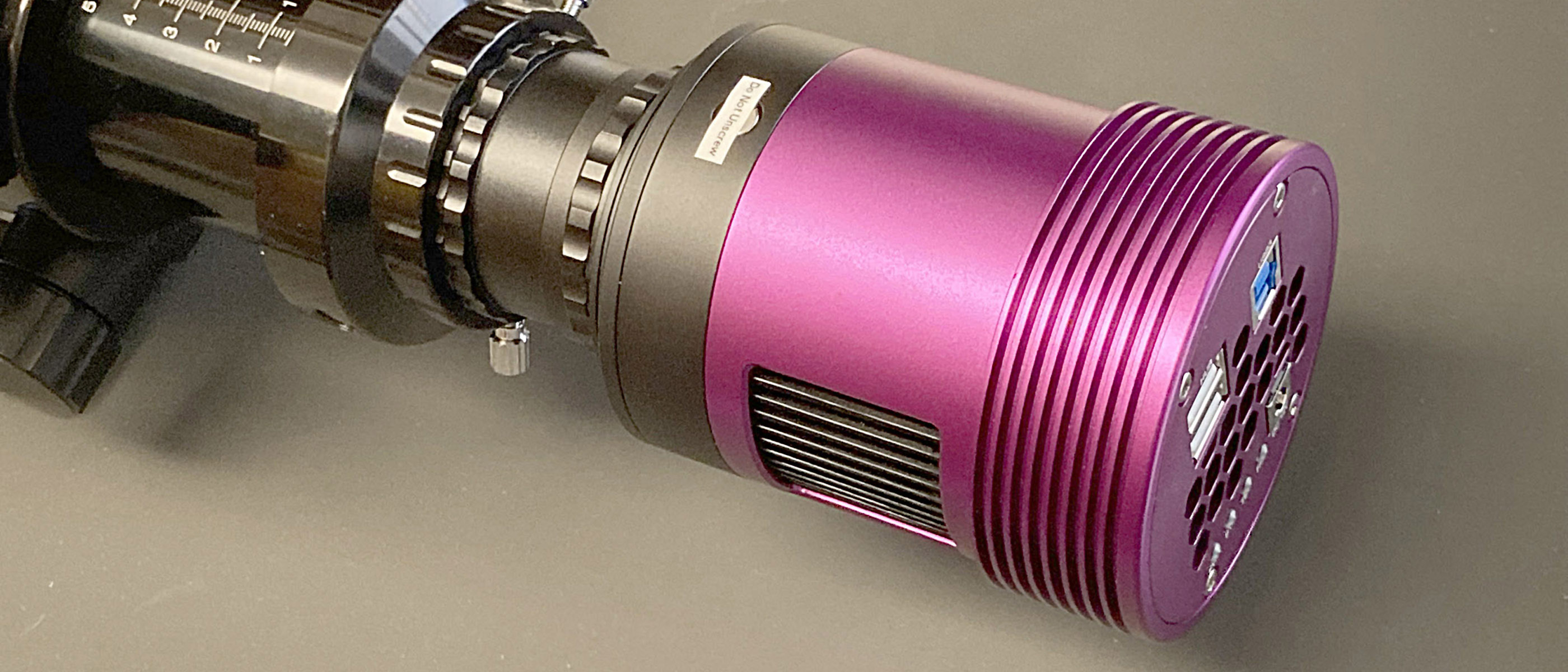Satellite Sheds Light on Earth's Highest Clouds

HAMPTON, Va. (AP) - AHampton University professor is shedding new light on night-shining clouds thatmight be affected by climate change. Jim Russell is the lead scientist for theNASA-funded AIM satellite, the first to study the wispy "noctilucent"clouds, which only appear above Earth's poles.
Russell, an atmosphericscience professor, has found that the clouds get brighter and stretch fartheras the uppermost atmosphere gets colder. He thinks that the changes might becaused by human-generated global warming.
The Aeronomyof Ice in the Mesosphere satellite is providing the first global mapping ofthe cover and structure of these clouds, which coalesce as icy dust particlesabout 42 to 60 miles above the Earth's surface.
The mapping showed that theclouds are more sensitive to changes in the upper atmosphere than waspreviously thought, as they are changing in brightness and reach.
Scientists say that's whypeople as far south as Colorado and Utah have spotted the clouds in recentyears.
Previously, they had onlybeen visible to people in regions of northern Europe and Canada.
AIM is funded throughNASA's Small Explorers program. It has a $140-million budget through May 2009,but Russell hopes to get funding to extend the research.
Get the Space.com Newsletter
Breaking space news, the latest updates on rocket launches, skywatching events and more!
The satellite is nowstudying the clouds at the South Pole. Noctilucentclouds form only in the summer of the respective hemispheres, when,somewhat counter-intuitively, it is coldest at the highest reaches of theatmosphere.
"We want to look atlong-term changes,'' said Russell, who presented hisfirst batch of results at a recent meeting of the American GeophysicalUnion in San Francisco. "We have such great sensitivity that we reallywant to get a long-term database.''
Russell said the connectionto climate change may involve changes in temperature and water vapor.
As the Earth'ssurface-level climate warms up, the coldest region of the atmosphere, wherethese clouds exist, actually gets colder. The colder it gets, the farther theclouds reach.
- IMAGES: Sky Scenes
- EarthRISE: Views of Our Home Planet
- Top 10 Views of Earth from Space
Join our Space Forums to keep talking space on the latest missions, night sky and more! And if you have a news tip, correction or comment, let us know at: community@space.com.

The Associated Press, also known as the AP, is a wire service that provides articles to a host of newspapers and websites. The news organization was founded in 1846, when the company delivered the news by pony express. The Associated Press journalists cover news from around the world and in all subject matters.










